Gender and Asset Ownership in the Old and New Lands of Egypt

Authors:
The Middle East and North Africa region has the lowest level of women’s land ownership in the world, yet little research has explored the barriers and opportunities women face in land ownership in the region. This paper identifies patterns, opportunities, and constraints of ownership of land and other assets (houses, livestock, poultry, and gold) by women and men in the Old and New Lands of Egypt. Based on a survey complemented with qualitative interviews, the study finds that both women and men viewed land and houses as the most economically and socially important assets, but they differed in what assets they considered to be valuable for women. The findings highlight the importance of implementing policies that optimize women’s property ownership, even if they own non-land assets. The study concludes that while legal and economic interventions aid in accomplishing gender-equity goals, consciousness-raising initiatives are as crucial as pro-women policy reforms.
